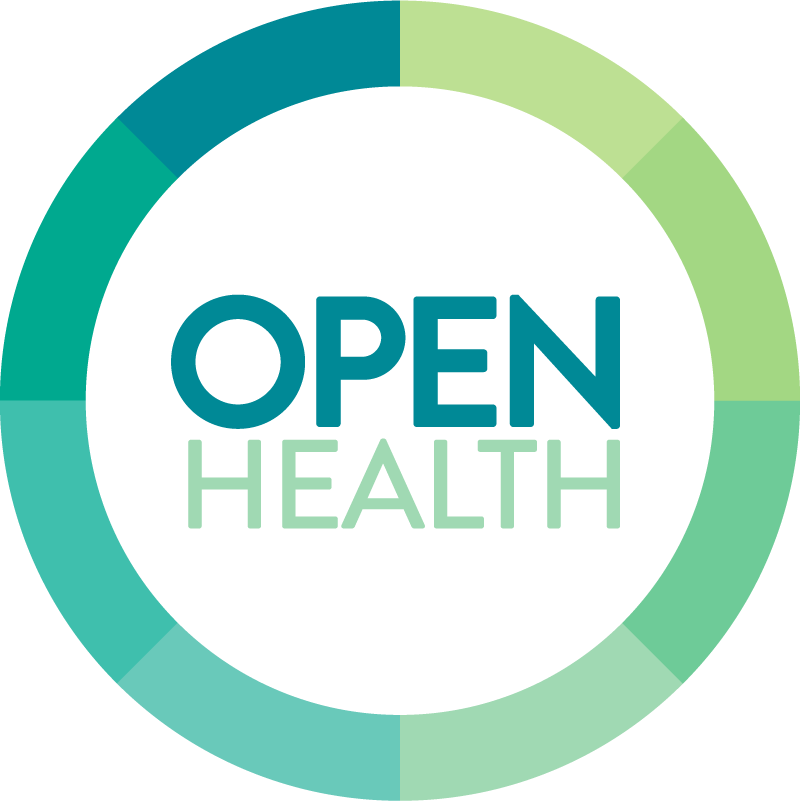Why is american heart month important to black people?
Was that title eye catching enough? I ask because many of my patients are black, or African-American, and when I initially have conversations with them about heart health it often seems to be a foreign concept. That is to say they know having a healthy heart is important, but they often don’t know how to achieve or maintain this status in their everyday lives. To go one step further, when I ask if they have a family history of heart disease it’s almost certainly an affirmative response in one form or another. Considering those responses and the fact that February is also American Heart Month, I decided to write a summary about cardiovascular health disparities affecting black people and simple ways to improve those outcomes that the everyday person should know.
Health disparities are defined as preventable differences in the burden of disease, injury, violence, or opportunities to achieve optimal health that are experienced by socially disadvantaged populations.[1] A person’s race or ethnicity should not put them more at risk for having heart disease or stroke, but unfortunately, it is one factor that affects a person’s likelihood of suffering a heart attack or stroke and further affects their chances of survival if they do suffer from either. It should be no surprise to many that the African-American population are regularly plagued by many of the worst health disparities on record and those related to cardiovascular disease (CVD) are not exceptions. Among the various minority population groups, African-American men have the highest overall death rate from cardiovascular disease.[3,4] CVD age-adjusted death rates are 33% higher for the black population than for the overall population in the U.S. Also, black people are 30% more likely to die from heart disease. They are also twice as likely to have a stroke and much more likely to die from one than whites.[2]
Now I know statistics sometimes don’t make sense to people who are not fans of statistics. So allow me to present the above information in a more practical sense. Let’s say we have 100 black patients in a clinic and are watching to see how many of them are going to have a stroke over their lifespan in comparison to 100 white patients. For our example, if 40 of the 100 white patients were to have a stroke then that would mean 80 of our 100 black patients would likely have stroke. When looking at the death rates in those same 100 black patients, 33 of them are going to die of a CVD related cause before even 1 patient of another population dies of a CVD related cause in the U.S.
When I think about those statistics in that manner it hits differently. When I recognize that I can name so many patients, friends, and even family members who have suffered from some type of CVD with severe outcomes, it makes those statistics even more appalling. There are many other feelings and emotions that tend to arise the deeper you look into the data, especially reasons why black people are affected at such higher levels than others. But for me the feeling I choose to focus on is motivation. Motivation to help spread information like what was mentioned above. Motivation to educate others about CVD so that preventing it is more attainable. It just so happens that my motivation aligns with the purpose of American Heart Month.
To raise awareness about heart health and urge those around you to prevent heart disease are some of the goals of American Heart Month. Since we have done the former in previous paragraphs, let’s now focus on the prevention portion to finish things off. Seeing that many of the causes of CVD in black people originate from poor health decisions I believe mentioning healthy behaviors that should be followed is necessary. Some easy and simple actions include completing 30 minutes of cardiovascular exercise (running, walking, bike-riding, etc.) at least 3 times per week, maintaining a balanced diet and healthy weight, and seeking medical care even before you are sick. Yes, I did say seek medical care before you are sick so that you prevent a negative outcome before it happens. If these decisions are made early on and consistently followed then the 100 patients, family members, and friends that were counted in our examples will be just as likely, or even less likely, as anyone else to have CVD. Thanks for reading.
Byron Jasper, MD, MPH
References
1. CDC. Community Health and Program Services (CHAPS): Health Disparities Among Racial/Ethnic Populations. Atlanta: U.S. Department of Health and Human Services; 2008
2. Heart Disease and Stroke Statistics – 2009 Update: A Report from the American Heart Association Statistics Committee and Stroke Statistics Subcommittee. Circulation 2008.
3. State of disparities in cardiovascular health in the United States. Mensah GA, Mokdad AH, Ford ES, Greenlund KJ, Croft JB Circulation. 2005 Mar 15; 111(10):1233-41.
4. Racism and cardiovascular disease in African Americans. Wyatt SB, Williams DR, Calvin R, Henderson FC, Walker ER, Winters K Am J Med Sci. 2003 Jun; 325(6):315-31.


